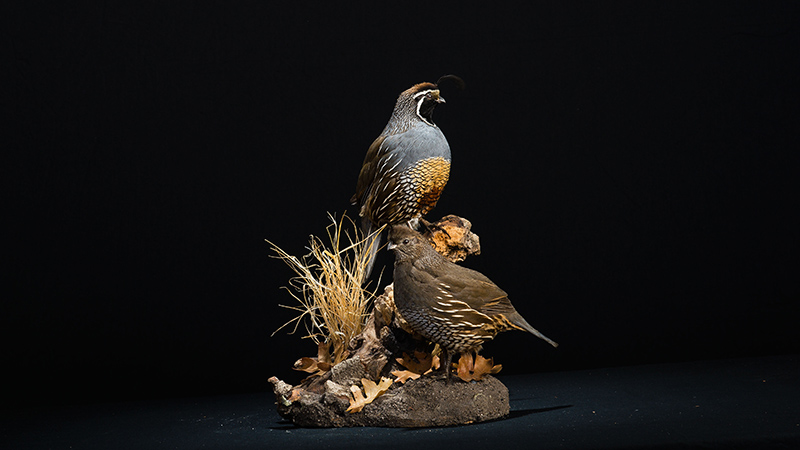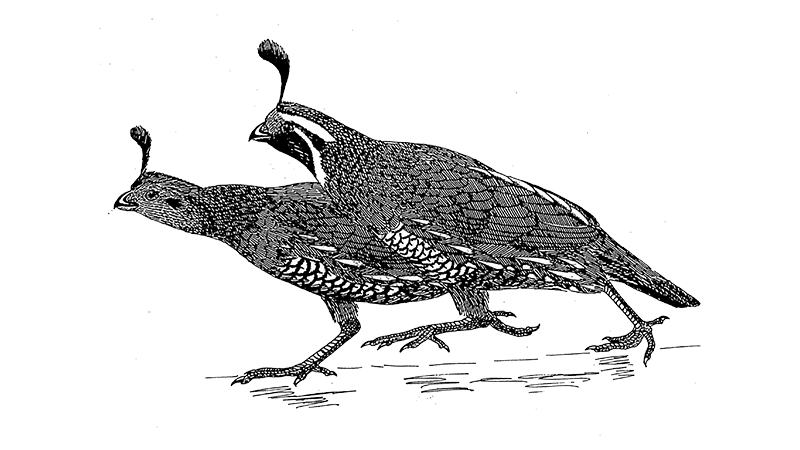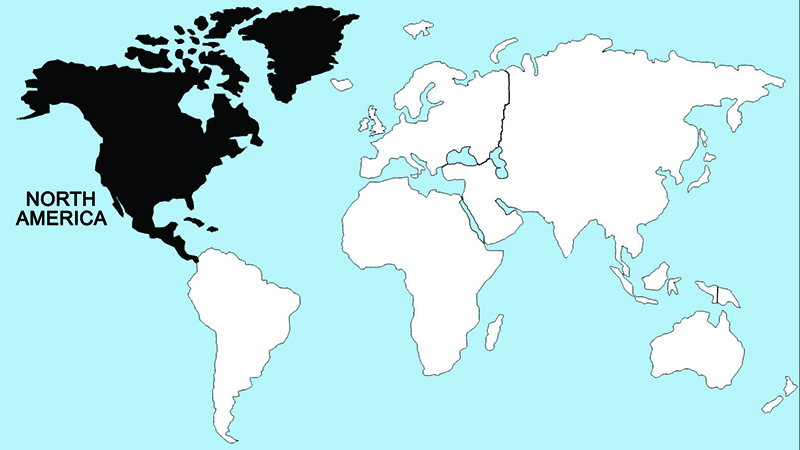California Quail

This western quail ranges from southern British Columbia to the tip of the Baja Peninsula. The winter coveys of California quail are often relatively large, averaging about 30–40 individuals, but coveys of up to 500–600 birds have also been reported. Beginning in late winter, these coveys start to break up as males establish crowing perches. Pairs mated from the past year remain in the covey until they are ready to begin nesting.
Nests are built in a large variety of protected situations; and although they are normally at ground level, they have also been observed in vines and even on rooftops. The eggs are laid at the rate of about five per week, and a clutch averages 13–14 eggs. Incubation is performed by the female and takes 22–23 days. On the loss of a female her mate will often take over the incubation. Males without broods take great interest in young chicks and make excellent foster parents. It may be fairly common for the male member of a pair to take over the care of the first-hatched brood, enabling the female to begin a second. Parents and chicks are gradually joined by unsuccessful adults and later by unmated males, eventually re-forming the coveys. Because of persistent re-nesting and possible double-brooding, productivity in these birds is fairly high, although the mortality rate of chicks between hatching and the fall hunting season may approach 50 percent.

Regions Birds Are Found

Collection Location & Year
U.S. - California 2000
Taxonomy
| Order | Galliformes |
|---|---|
| Family | Odontophoridae |
| Species | Callipepla |
| Genus | californianus |
Gender
Female & Male
References
- Leopold, A. S. 1969. Wildlife of Mexico: The Game Birds and Mammals. Berkeley, CA: University of California Press.
- Johnsgard, P. A. 1973. Grouse and Quails of North America. Lincoln, NE: Univ. of Nebraska Press.
- del Hoyo, J. A. Elliot, and J. Sargatal, eds. 1994. Handbook of Birds of the World. Vol. 2 (New World Vultures to Guineafowl). Barcelona, Spain: Lynx Editions.